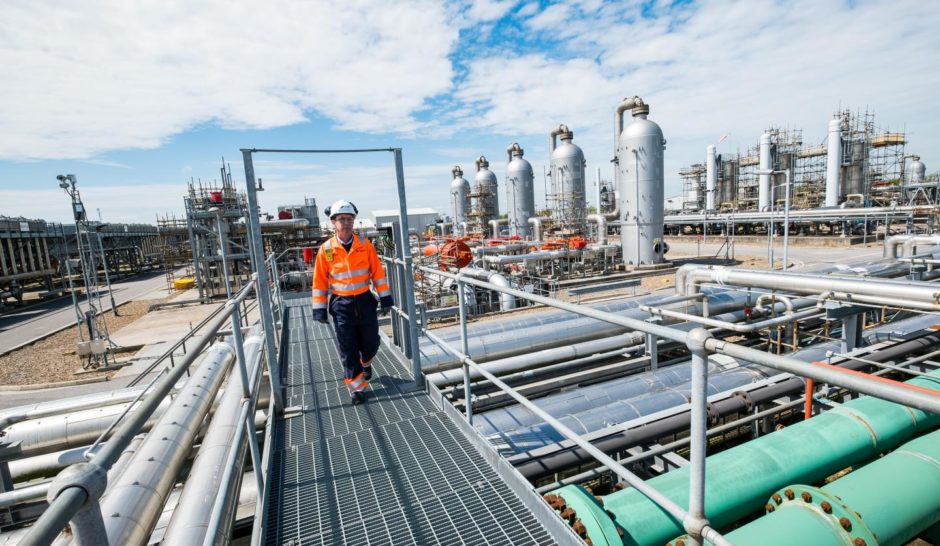
European gas storage is filling up quicker than demand allows with reserves set to reach maximum capacity by September, says Investec head of commodities Callum Macpherson.
The issue with gas storage filling up earlier in the year is “heating season”, as Macpherson describes it, starts later than September.
The bank head of commodities explains: “If injections into storage carry on at recent rates, storage will be full by the end of September, before the heating season starts and it begins to be drawn down.”
As storage space for gas becomes limited, industry will have to “discourage production and liquefied natural gas (LNG) inflows,” Macpherson describes.
Despite the threat of Australian workers striking driving up the price of European natural gas, Investec’s Callum Macpherson says that filling up storage sites too quickly will bring the value of the commodity plummeting back down.
He said: “It’s quite possible we could see prices fall significantly even though they are already much lower than they were at the start of the year.
“The last time we saw storage so full at this time of year was in 2020. Back then the ICE front contract price reached a low of 8 GBp/Therm.
“Recently the price has been 60-70 GBp/Therm, though it has rallied sharply today on news of a potential strike at an LNG facility in Australia.”
Macpherson explains that demand from Asia has “help” the problem, explaining: “Asian prices are at a premium to Europe which is leading to LNG being diverted away from Europe.
“A fear that an outage in Australia could increase demand from Asia buyers for LNG that might otherwise come to Europe, has led to today’s spike in prices.”
Why are storage reserves filling so quickly?
With the threat of prices dropping as gas storage in Europe reaches capacity, the situation begs the question, why have reserves filled up so quickly?
A healthy summer of production in the renewables market is the answer, according to Callum Macpherson.
The Investec head of commodities said: “We’ve seen good supply this summer, with record solar generation in June followed by periods of windy weather during July leading to strong offshore and onshore wind generation, while recent mild weather has reduced air conditioning demand.
“This has freed up gas to go into storage that would otherwise have been needed for electricity generation.”
However, offshore wind developers SSE announced late last month that dry and still weather patterns “well below the long-term average” for the UK slashed first-quarter renewable energy output by the equivalent of 5% a year.
SSE did indicate that the first few weeks of the second quarter of 2023 had seen a return to “more normal weather.”
The gas storage problem has been supported by “reduced local gas supplies” as a result of “extensive maintenance in the North Sea over this summer,” Macpherson added.
“The key question will be what the weather is like once the heating season starts in October.
“A cold October would mean we eat into inventories early in the heating season and the market may worry about storage being insufficient, pushing prices higher, possibly with price spikes similar to last year.”
